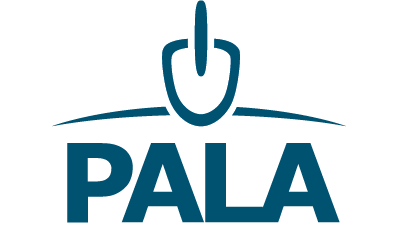Rubber linings on tanks, pipes, and equipment provide crucial corrosion resistance. These linings act as a barrier between abrasive materials, preventing deterioration to the structure. Proper maintenance is required for extending the lifespan of rubber linings. It ensures both safety and reliability in industrial environments. Extra care also reduces the frequency of replacements and prevents costly replacements. Learn now to maximize the longevity of industrial rubber linings with these expert tips on maintenance.
Practical Maintenance Strategies to Extend Rubber Lining Lifespan
Regular inspection on rubber linings should take place every three to five years. Properties such as hardness, tensile strength, and elasticity should be tested by an inspector to detect and prevent any suspected deterioration. This will prevent cracks, holes, and other signs of wear. If found, small damages should be patched or repaired immediately. Otherwise, more extensive damage to the lining will occur and lead to a costly replacement.
Periodic measurements of lining thickness should also be measured to monitor the rate of wear. The thickness of the rubber lining should be measured when it is first installed to serve as a baseline. Rely on certified installers to perform lining installation and provide accurate measurements. During monitoring, non-destructive thickness gages can be used to take measurements and prevent unnecessary damage. Rely on the manufacturer’s guidelines to determine how fast the lining should wear. If the wear rate increases drastically, it is likely indicating a problem and further investigation should be taken before correcting the issue.
A leak detection system should be put in place to monitor signs of leaks. Regular manual inspections check for discoloration, damp spots, and other damaging spots to the lining. Ultrasonic leak detection can use sound waves to detect potential leaks. Chemical leak detection may involve adding a tracer chemical or dye. Finding a leak early on can prevent hazardous spills and costly cleanups.
Personnel handling rubber linings need proper training on the maintenance procedures in order to detect issues. Create and maintain a detailed record of maintenance activities to track the condition of the linings over time and identify issues early on. This includes documenting the date, maintenance activity, personnel, and results. Document all repair activities and include details of how the issue was resolved. If process issues arise, document the correct adjustments for operational flow rates and pressures. This will prevent unnecessary stress on rubber linings in future operations.
Maintain Rubber Coating Durability With These Cleaning Tips
Rubber coatings should be cleaned according to manufacturer guidelines to ensure the integrity and longevity of the lining. While it is important to remove contaminants and residues that build up, cleaning should only be done if necessary and with the appropriate cleaning agents. This will avoid accidental damage to the rubber linings.
Cleaning can often be achieved with water flushing and mild detergents. After applying a cleaning solution, make sure to throughly rinse the lining of residue with low pressure. If an area is hard to reach, use a specialized cleaning tool to prevent stretches or other damage. Allow the coating to dry before restarting use.
How to Protect Rubber Linings
Make sure to protect rubber linings from extreme conditions such as heat and extreme cold. High temperatures can cause linings to degrade, while freezing temperatures can cause them to crack. Sunlight can cause UV damage, resulting in brittleness and a loss of elasticity. In addition to a temperature controlled environment, shading or protective covers should be used as a shield to rubber linings.
Rubber linings should also be protected from chemical exposure. Before installation, rubber linings should be assessed to determine compatibility with the chemicals they will encounter. You may be able to add a protective coat or sealant to enhance durability and resistance. Different rubber formulations offer varying levels of resistance, so you’ll need a rubber lining procurement and installation service provider to help you select the most suitable lining material.
Rely On US RUBBER & Specialty Construction Expert Insight
Maintaining rubber linings is crucial to improving their longevity in industrial environments. That’s why you should schedule service with US RUBBER. Our rubber lining specialists are National Association of Corrosion Engineers (NACE) certified inspectors and available to offer a complete solution. Whether you need help with a repair or new tank lining, we’ll support your rubber lining needs.




